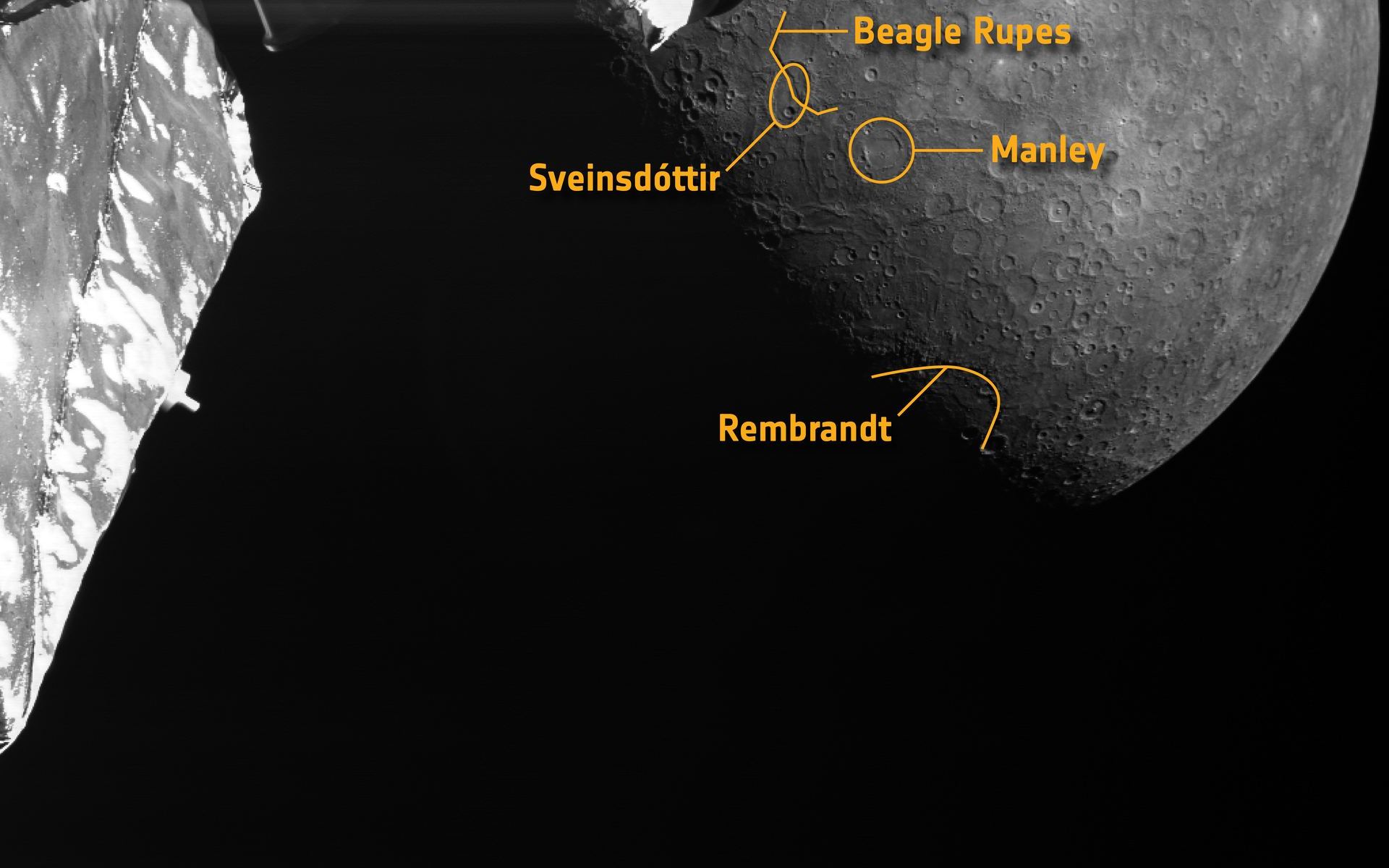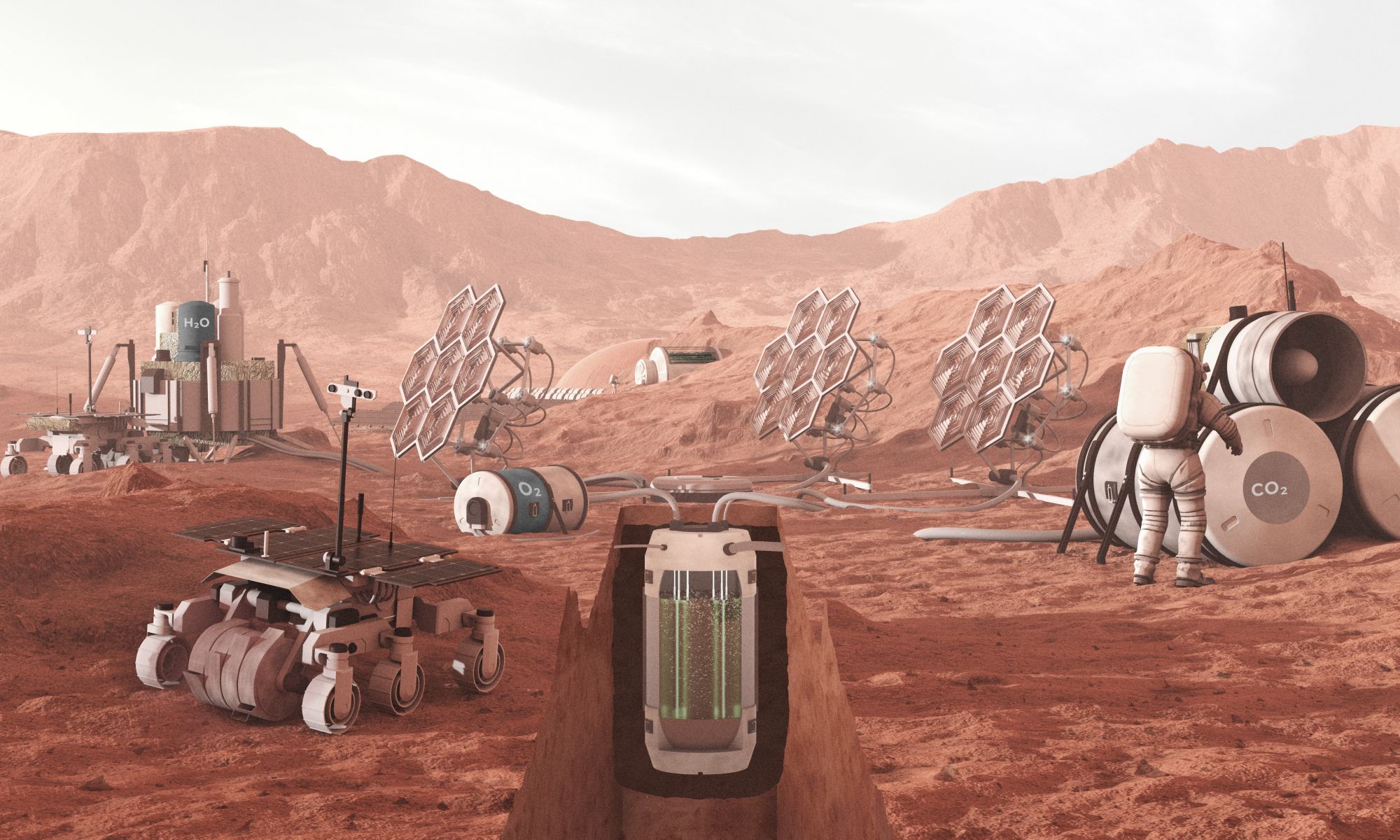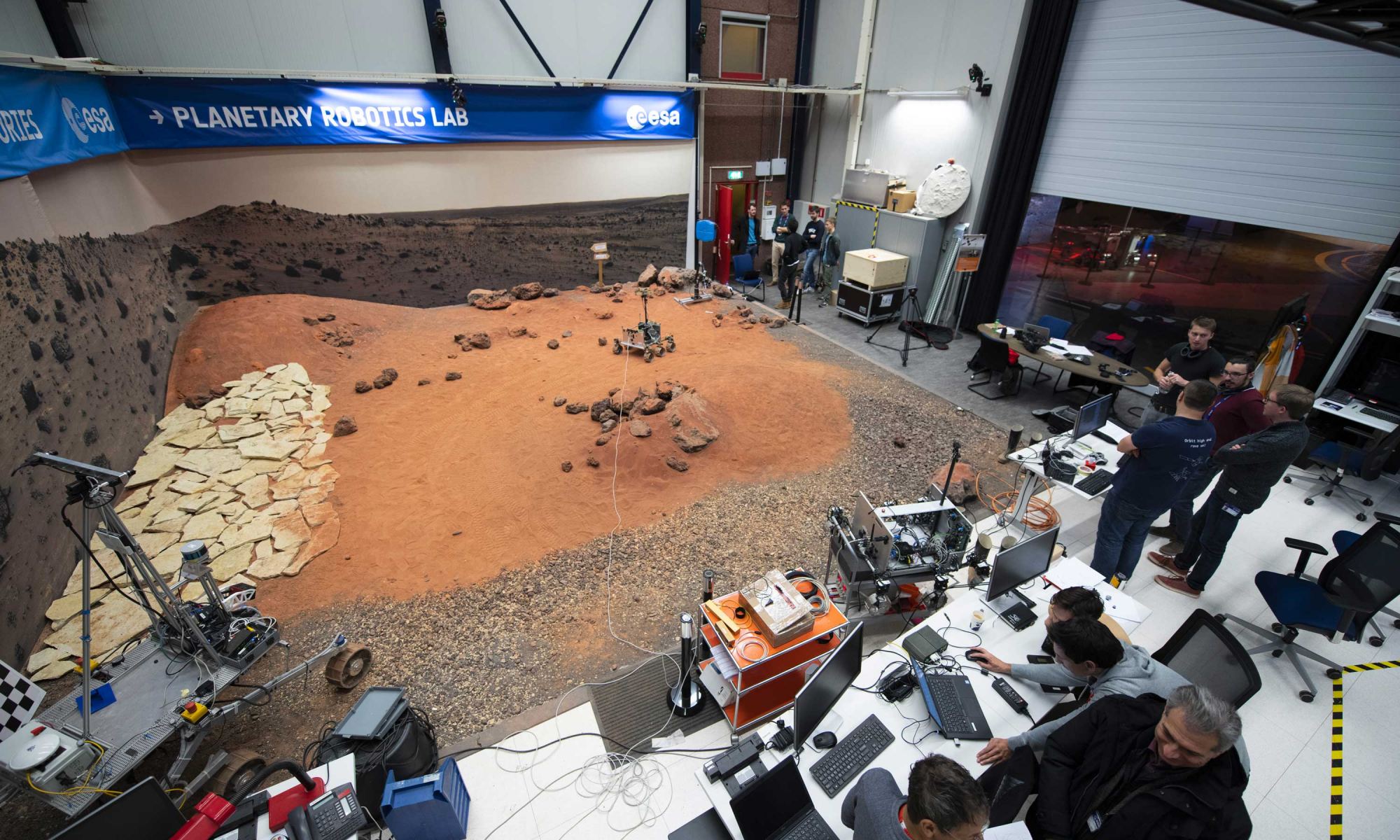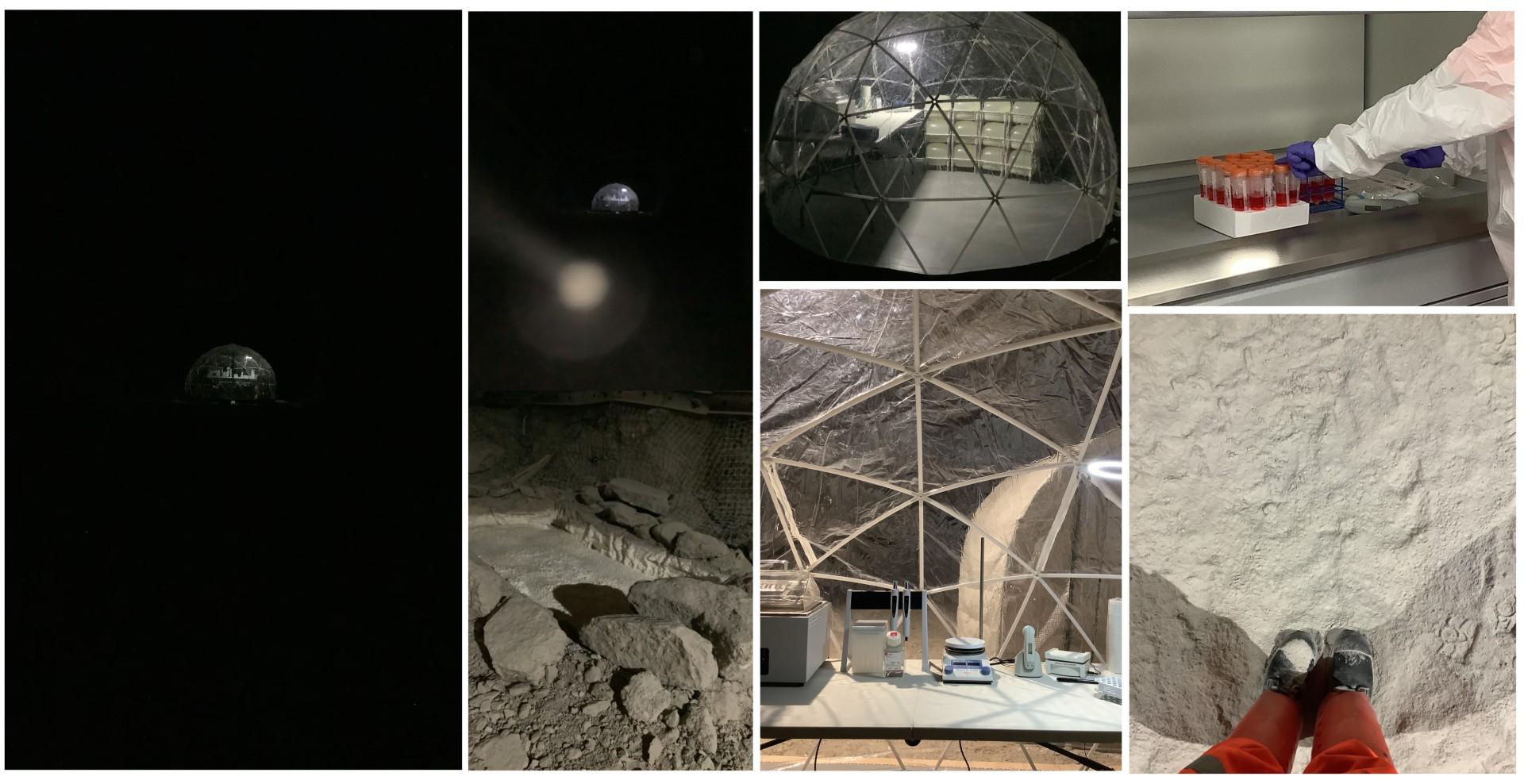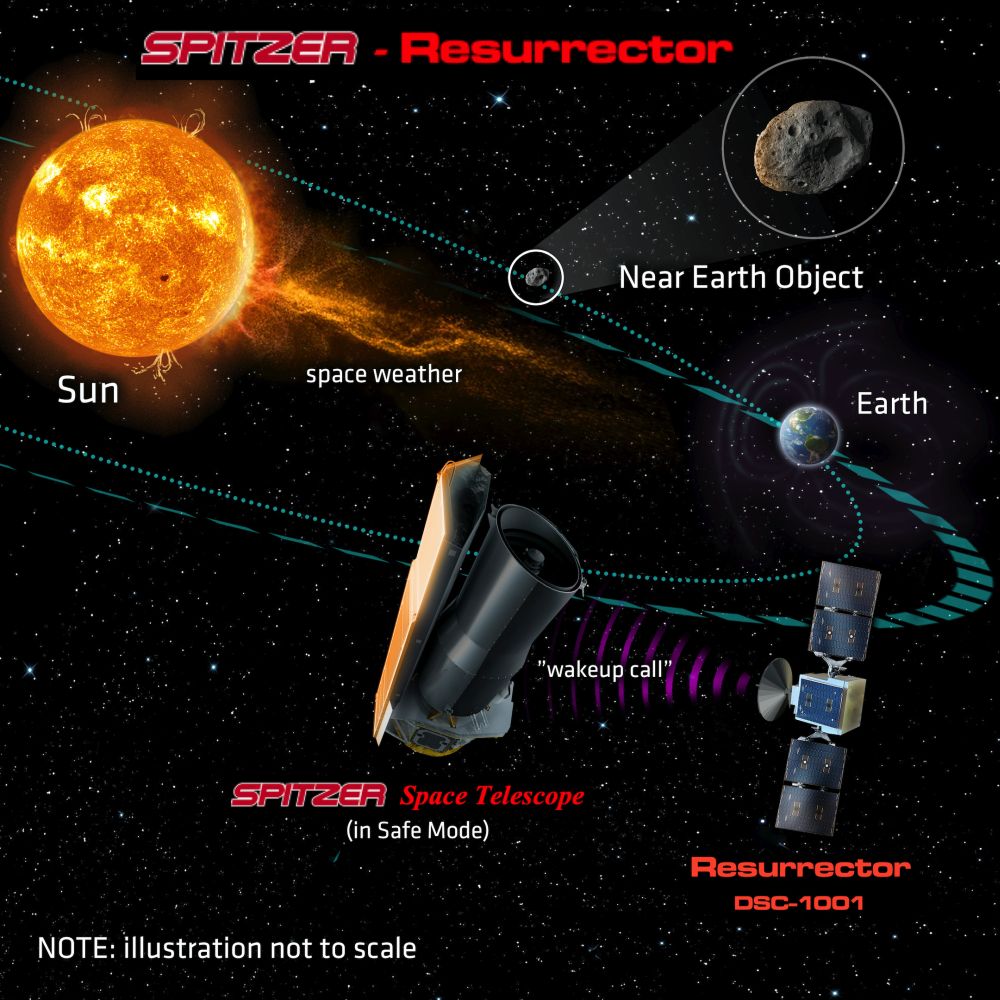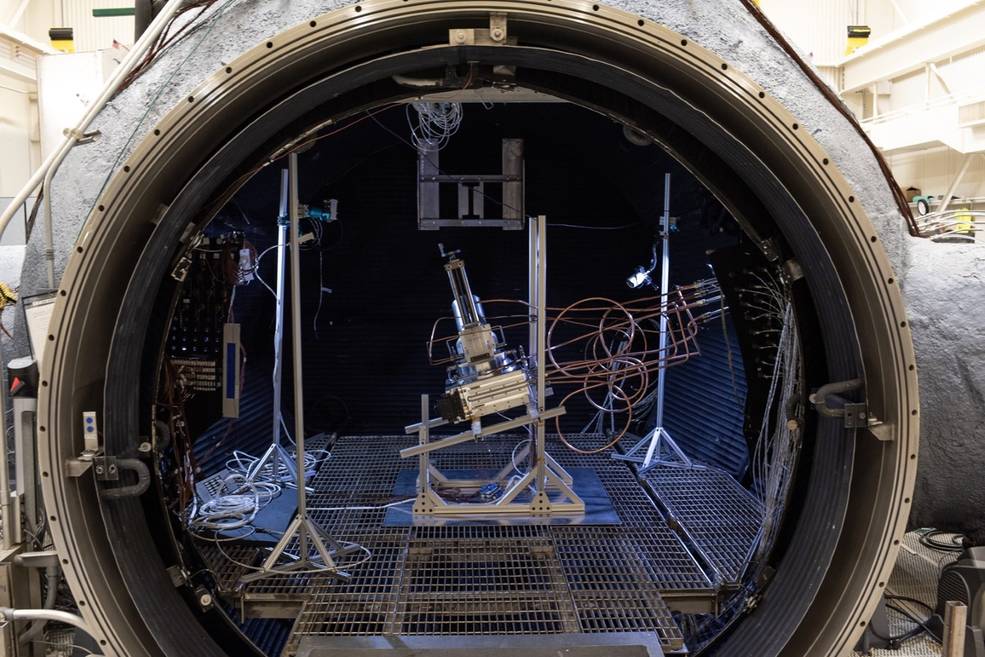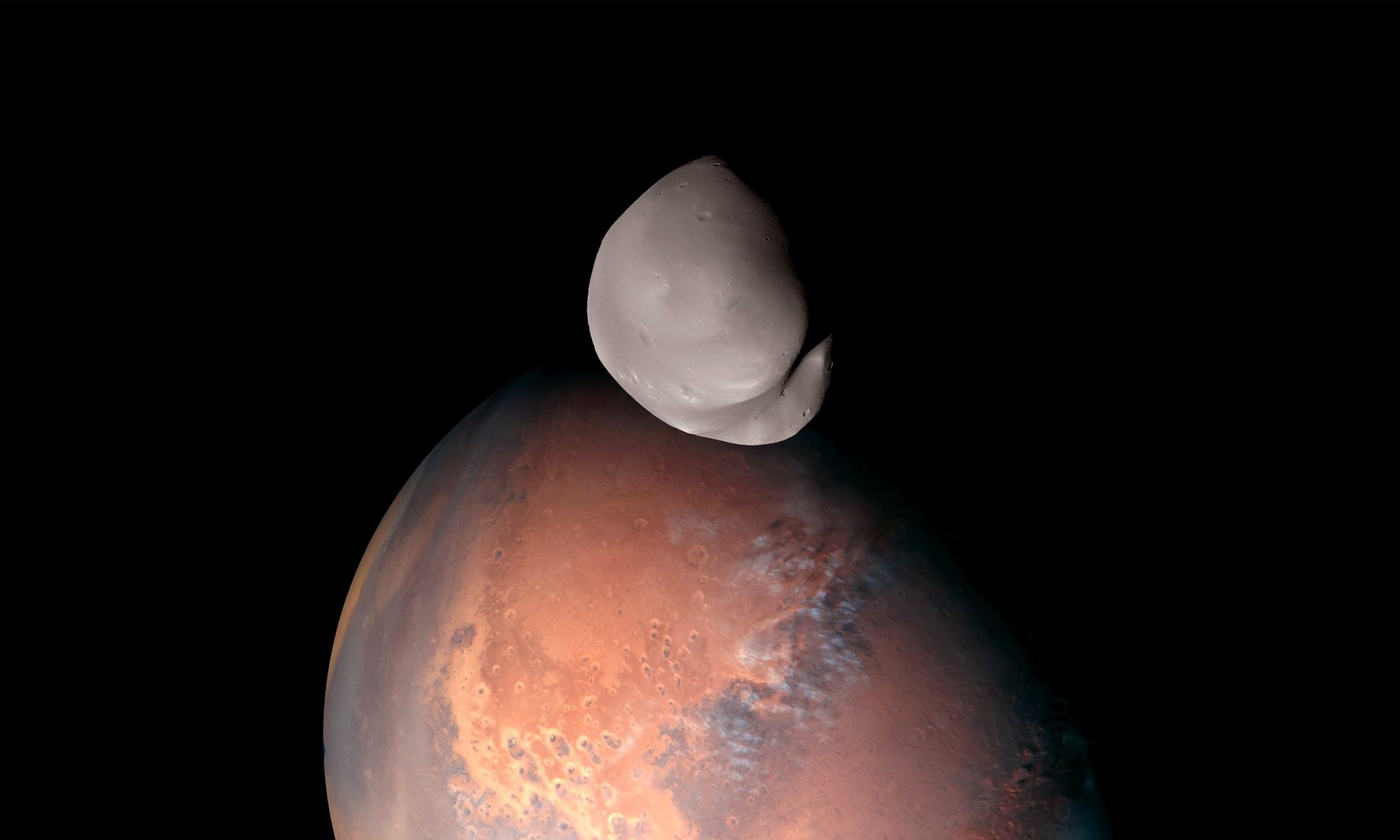ESA’s BepiColumbo continues its journey to Mercury by making another flyby … of Mercury! This is the third of six planned flybys of its destination planet, each of which gives the spacecraft a gravitational deceleration. Eventually, it’ll slow down enough to go into its final operational orbit.
In the most recent flyby on June 19, 2023, the spacecraft sped past the planet’s night side and took a series of images from 236 km (145 miles) above Mercury’s surface. From these 217 images, the BepiColumbo team created a movie of the flyby, which includes a 3D scene.
Continue reading “BepiColumbo Makes its Third Flyby of Mercury, Seeing the Planet's Night Side”
